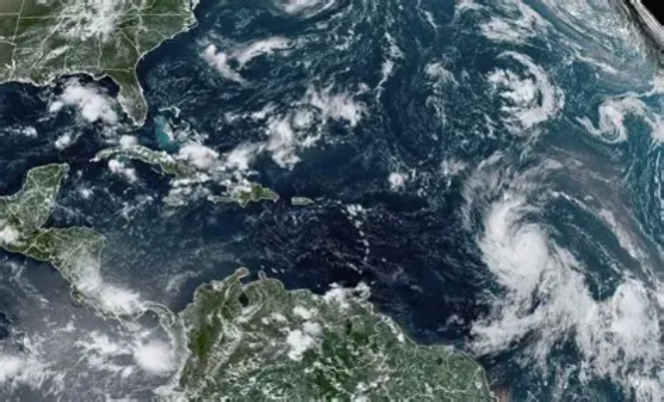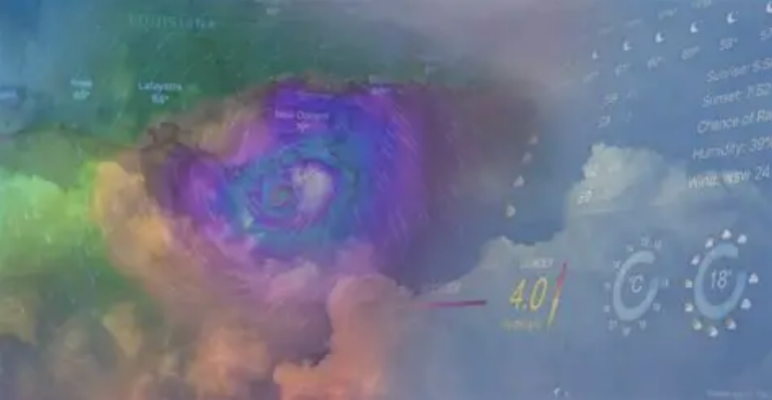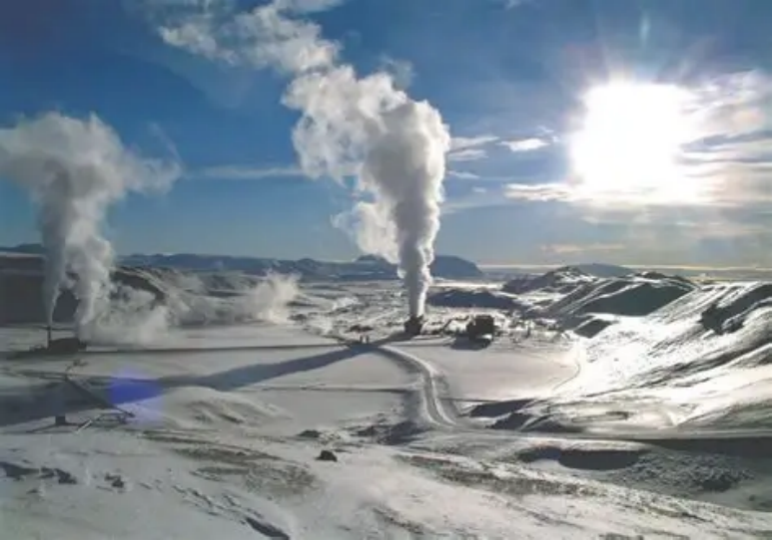DeepMind WeatherNet vs ClimaAI: Battle of AI Meteorological Giants

The 2025 Atlantic hurricane season marked a turning point in meteorology: as Hurricane Erin approached the U.S. coast, DeepMind’s WeatherNet predicted its path with 140 kilometers less error than traditional models, while ClimaAI’s tools helped African farmers adjust planting schedules amid El Niño. This dual showcase highlights a defining rivalry in AI meteorology—two giants pushing boundaries through distinct philosophies: one revolutionizing extreme weather forecasting, the other democratizing climate resilience for industries. Their 2025 advancements reveal how AI is reshaping our ability to predict and adapt to a volatile climate.
WeatherNet’s edge lies in extreme event precision. Built on stochastic neural networks trained on 45 years of cyclone data, DeepMind’s model solves a long-standing trade-off: traditional physics-based systems excel at either tracking storms or predicting intensity, but rarely both. WeatherNet does both simultaneously, generating 50 possible scenarios up to 15 days in advance. During Hurricane Erin, its 72-hour intensity forecasts outperformed NOAA’s leading model, while its 5-day track predictions matched the accuracy of Europe’s ENS model’s 3.5-day forecasts—a leap that typically takes a decade to achieve with conventional methods. Partnering with the U.S. National Hurricane Center, WeatherNet’s WeatherLab platform now provides real-time experimental predictions, potentially saving thousands of lives through earlier evacuations. Its secret? Merging global weather observations with AI’s pattern-recognition power to decode storm dynamics humans can’t parse.

ClimaAI, by contrast, focuses on hyper-local utility. Its ClimateLens platform, operating at 1-kilometer resolution, integrates satellite data, soil sensors, and crop models to deliver actionable insights for agriculture and supply chains. Unlike WeatherNet’s broad atmospheric focus, ClimaAI’s patented algorithms dynamically select the best forecast for specific locations—critical for farmers in Kenya, who used its 2025 El Niño predictions to reduce crop losses by 29% through timed irrigation. As a partner in the White House-backed AIM for Climate initiative, it targets “climate-proofing” 500 million acres globally by 2026. Its strength lies in translating complex climate data into simple dashboards: agribusinesses use it to adjust sourcing, while insurers map risk without needing data science expertise. This practicality stems from prioritizing end-user needs over pure predictive power.
The rivalry reflects divergent goals. WeatherNet chases scientific breakthroughs, collaborating with meteorological agencies to enhance public safety. Its 2025 energy efficiency—using 1,000 times less power than traditional supercomputers—aligns with EU climate goals. ClimaAI, meanwhile, focuses on accessibility; its models require minimal infrastructure, making them vital for regions lacking advanced weather stations. Both face challenges: WeatherNet struggles with rare “black swan” events, while ClimaAI’s accuracy dips in data-sparse regions like the Arctic. Yet their competition drives progress: DeepMind now integrates agricultural data into WeatherNet, while ClimaAI is testing extreme weather modules.

As climate volatility increases, this rivalry matters beyond tech circles. WeatherNet’s storm warnings protect coastal communities, while ClimaAI’s forecasts secure food supplies. Together, they prove AI meteorology’s dual promise: not just to predict nature’s fury, but to empower humanity to adapt. In 2025’s battle of giants, the real winner is anyone vulnerable to climate change—now armed with better tools to foresee and face the storm.
(Writer:Seli)





